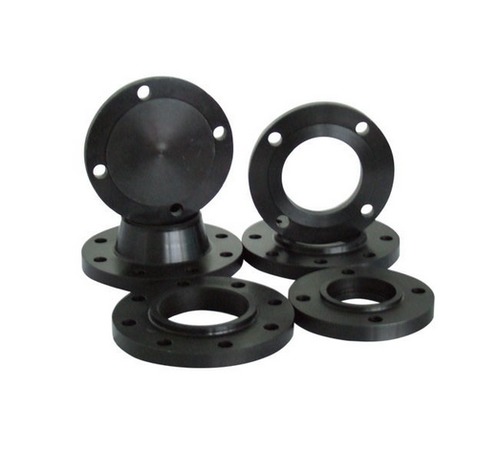
In any project involving piping systems, selecting the correct blind flange is absolutely vital. A blind flange is essentially a solid plate used to seal off an open pipe end.
It’s a critical component that prevents leaks, helps maintain pressure levels, and ensures overall safety. With so many different options out there, choosing the ideal blind flange for your needs can feel like a daunting task.
But don’t worry, this blog is here to guide you through the key factors to consider, making the selection process straightforward and easy to understand.
Know Your Project Requirements
Before you even start looking at blind flange options, take a step back and carefully evaluate the specific requirements of your project. What is the main purpose and function of the piping system you’re working with?
What exact materials or fluids will be flowing through those pipes? Having a solid grasp of the system’s intended functionality and operating conditions is the essential first step toward picking a blind flange that’s truly compatible.
Material Makeup of Blind Flanges
Blind flanges can be manufactured from a diverse range of materials, including carbon steel, stainless steel, aluminum alloys, and even specialized exotic alloys.
The particular material you choose depends on several key factors:
- Corrosion Resistance: Based on the nature of the fluid being transported, some materials offer better resistance against corrosion and degradation than others.
- Temperature Range: Different materials can withstand different high and low-temperature extremes before becoming compromised.
- Pressure Needs: The inherent strength and pressure-handling capabilities of the flange material are crucial.
Size Matters
Sizing the blind flange correctly to ensure a perfect fit and proper seal is critically important.
The flange’s size should precisely match the outer diameter of the pipe it will be mating with.
Don’t just estimate here, but carefully measure the pipe diameter or refer to the project’s specification documents.
Pressure Rated
Different blind flanges are engineered and rated to withstand different maximum pressure levels. This pressure rating indicates the highest pressure the flange can safely operate at without failure.
When selecting your flange, it’s absolutely essential to choose one rated for your system’s expected operating pressure level at an absolute minimum, but an additional safety buffer is also strongly advisable.
Face Considerations
The specific face or surface interface of the blind flange is also an important factor. This face is the part that will make contact with the gasket or sealing element.
Common facing options include raised faces, flat faces, and ring joint facings. To ensure a tight, secure seal, the facing type must be compatible with and match the facing of the mating flange.
Reputable Suppliers of Blind Flanges
Always purchase your blind flanges from a trusted, reputable supplier or manufacturer with a proven track record of quality and reliability.
The best suppliers follow stringent quality control measures and provide detailed technical specifications.
This ensures the blind flanges you receive meet all relevant industry standards and will perform exactly as expected.
Conclusion
While selecting the right blind flange might seem like just a small detail, it’s actually a critical step that ensures the safe, leak-free, and efficient operation of your entire piping system. By carefully considering all the factors like material, size, pressure rating, facing, and installation requirements, you can make a fully informed decision.